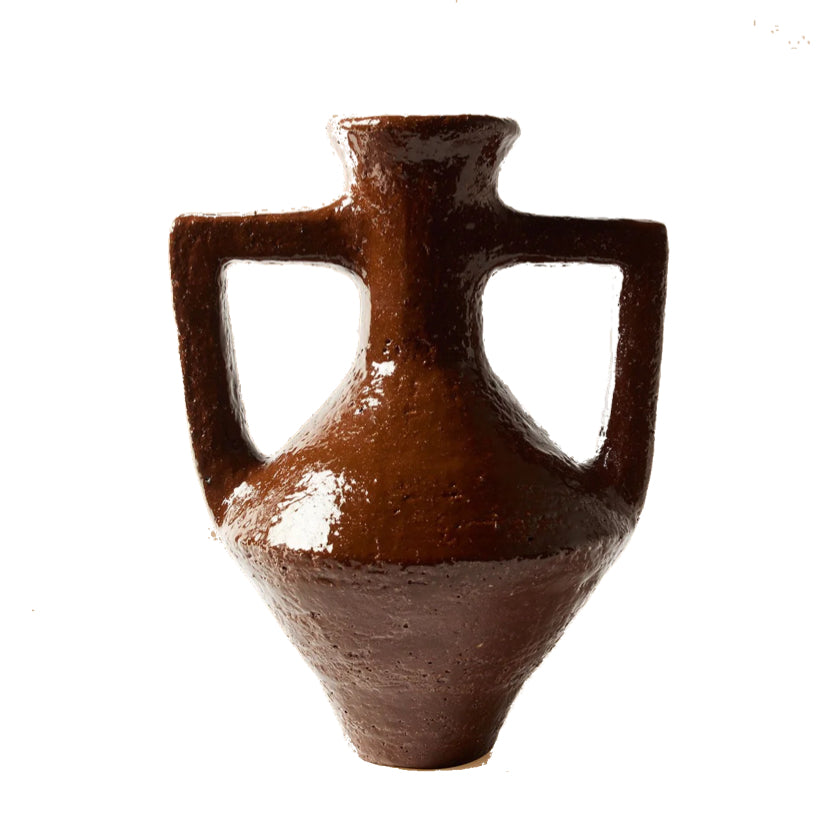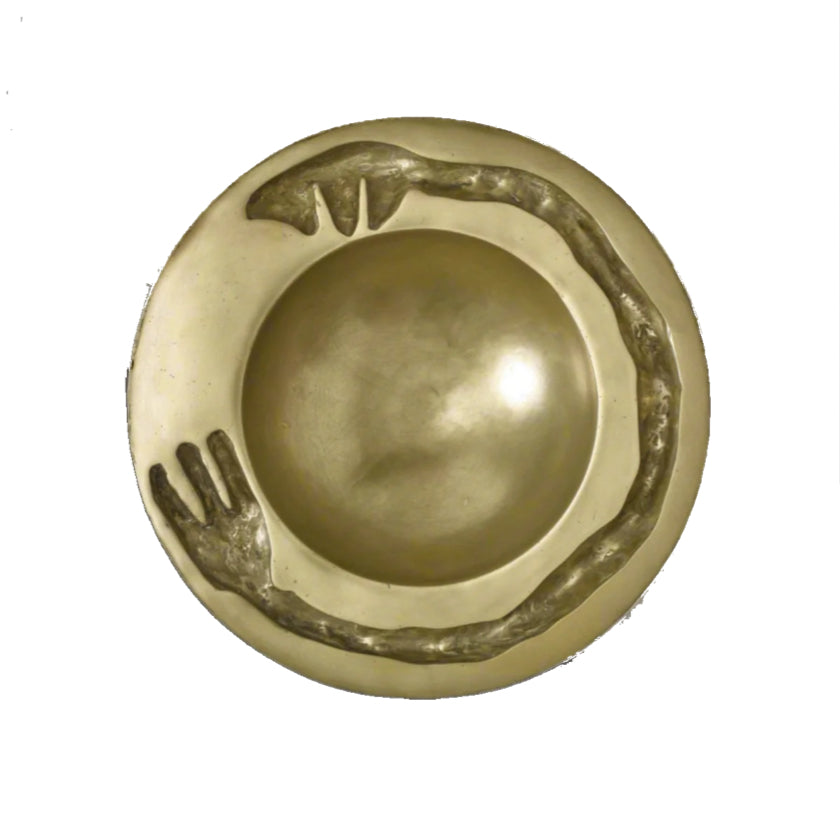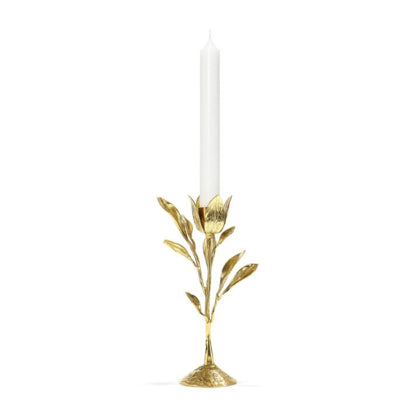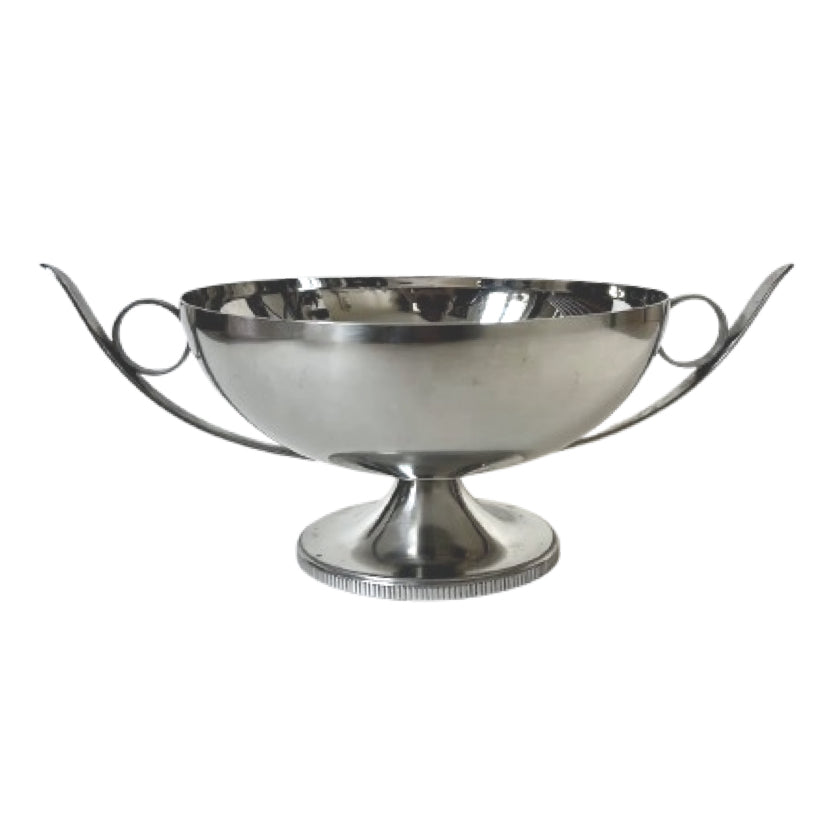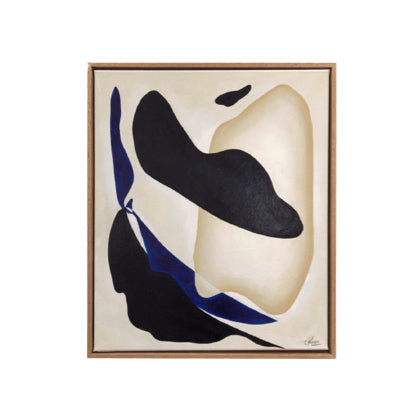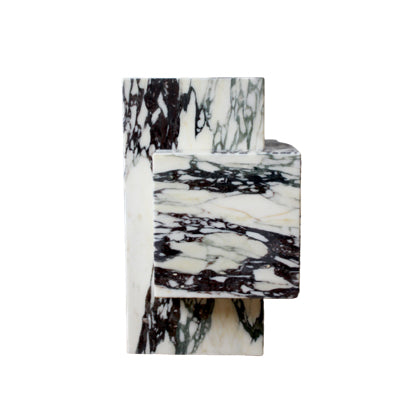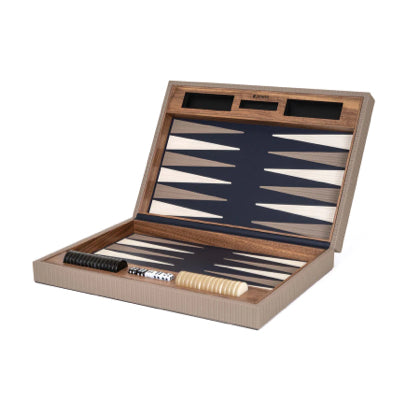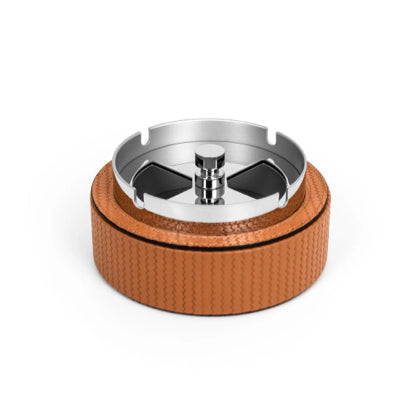A Bauhaus ashtray design is not merely utilitarian—it’s a sculptural object that distills the movement’s core principles into a compact, elegant form. Rooted in geometric purity and purposeful minimalism, these ashtrays reflect the Bauhaus commitment to merging fine art with industrial design. Whether you’re a collector of modernist icons or curating a visually rigorous interior, these pieces serve as subtle but striking accents.
Most often crafted in materials like brushed steel, chrome, porcelain, or molded glass, Bauhaus ashtrays are defined by their functional symmetry, often taking the form of cylinders, cubes, or tiered platforms with integrated grooves and resting spots. They evoke clarity, precision, and a refusal to ornament—making them ideal for interiors that favor balance and conceptual restraint.
The Philosophy Behind Bauhaus Ashtrays
The Philosophy Behind Bauhaus Ashtrays
In keeping with Bauhaus ideology, every aspect of the ashtray’s form serves a specific function. Designers like Marianne Brandt and Wilhelm Wagenfeld created objects that reflected clarity of use and ease of manufacture, all while maintaining aesthetic rigor.
Even in something as modest as an ashtray, you’ll find thoughtful engineering: stackable bases, removable interiors for easy cleaning, and wide-mouthed proportions for intuitive use. These design choices ensure that even the most minimal ashtray speaks volumes about form, space, and intent—hallmarks of the Bauhaus aesthetic.
Materials and Design Variations
Materials and Design Variations
While most Bauhaus ashtray designs favor cool, industrial materials—such as polished nickel, enameled steel, or satin glass—you’ll also find rarer interpretations in raw ceramic or cast aluminum. Each variation maintains geometric clarity and an architectural presence.
Shapes are often low and stable, with circular or square profiles and integrated features like recessed centers, notched rims, or multi-piece modularity. Some pieces double as objets d’art—displayed more for their formal integrity than their original purpose. They sit seamlessly beside modernist decor, abstract sculpture, or minimalist tableware.
How to Style a Bauhaus Ashtray in Contemporary Spaces
How to Style a Bauhaus Ashtray in Contemporary Spaces
You don’t have to be a smoker—or even a collector—to appreciate the design value of a Bauhaus ashtray. On a marble console, it can serve as a jewelry dish or match holder. On a bookshelf, it becomes a graphic punctuation mark among books and ceramics. In a living room, it can balance the visual softness of textiles with an edge of industrial contrast.
Pair it with other functionalist objects—think mid-century vases, opaline glass, or tubular steel trays—for a curated look. Even when not in use, its clean geometry adds an architectural presence to the room, subtly referencing the early 20th-century design revolution that still shapes interiors today.

